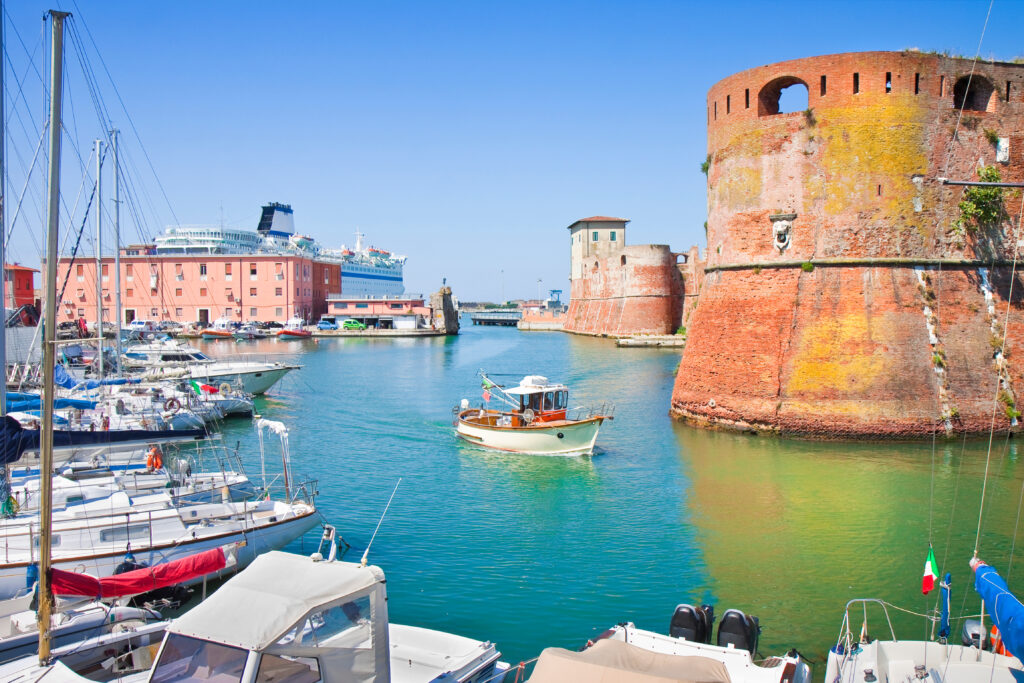Located on the western coast of Tuscany, Livorno is a city rich in maritime history and vibrant culture. Founded in the late 16th century by the Grand Duchy of Tuscany, Livorno was initially established as a free port to stimulate trade and commerce.

This strategic location soon transformed Livorno into a bustling hub for international trade, attracting merchants and traders from across Europe and beyond. The city’s early success was marked by its progressive policies and innovative urban planning, which laid the foundation for its future growth and prominence.
One of Livorno’s most significant historical milestones came in 1591 when Ferdinando I de’ Medici, Grand Duke of Tuscany, granted Livorno the status of a free port. This decree allowed merchants from different countries to trade without the usual restrictions, fostering a diverse and cosmopolitan atmosphere. The city quickly became a melting pot of cultures, with a strong presence of Jewish, Dutch, and English communities, each contributing to Livorno’s unique character. This period of prosperity saw the construction of notable landmarks such as the Old Fortress and the New Fortress, which still stand today as reminders of Livorno’s strategic importance.
The 18th century brought further transformation to Livorno as the city expanded its infrastructure and developed its waterfront. The construction of the Canale dei Navicelli, an artificial canal connecting Livorno to the interior of Tuscany, significantly enhanced the city’s maritime capabilities. Livorno’s port facilities grew, establishing it as one of Italy’s major commercial ports. During this time, the city’s layout was influenced by Enlightenment ideals, leading to the creation of wide boulevards and public spaces, including the beautiful Terrazza Mascagni, which offers stunning views of the Mediterranean Sea.
Livorno’s rich maritime heritage is also reflected in its naval history. During World War II, the city was heavily bombed due to its strategic importance as a naval base. The post-war era saw a period of reconstruction and modernization, and Livorno emerged as a vibrant cultural center. Today, the city celebrates its maritime legacy with attractions such as the Naval Museum and the historic maritime district, showcasing artifacts and exhibitions related to its naval history.
For an insightful and convenient way to explore Livorno’s historical and cultural landmarks, consider using the City Sightseeing Livorno service. This hop-on, hop-off tour allows you to explore the city at your own pace, offering easy access to major sites such as the Old Fortress, the Terrazza Mascagni, and the vibrant port area. With informative commentary and comfortable transportation, City Sightseeing Livorno enhances your experience, making it easier to appreciate the city’s rich past and dynamic present.
In summary, Livorno is a city where history and culture come together in a captivating blend. From its origins as a free port to its role in modern Italy, Livorno offers a wealth of historical experiences. With the City Sightseeing Livorno service, you can delve into the city’s past and present with ease, ensuring a memorable exploration of this Italian coastal gem. Whether you’re drawn by its maritime history, architectural landmarks, or cultural diversity, Livorno provides a compelling journey through its storied past.

